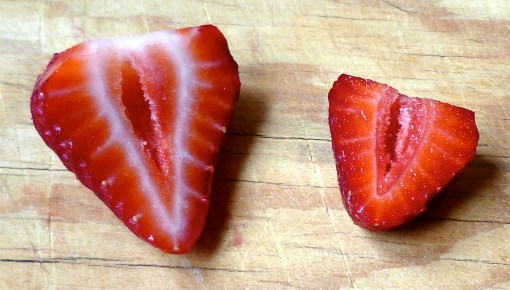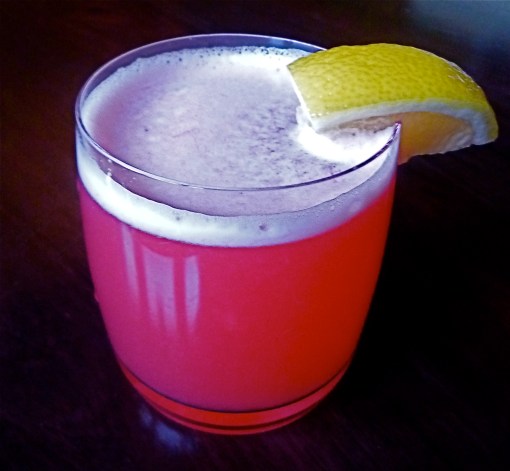The weather in Ontario this May has been incredible – unseasonably warm (hot even!) and very dry, which is unusual. It feels like it could be mid-July instead of the end of May. If this is any indication of what’s ahead, we’re in for quite a summer.
When the weather heats up, naturally we look for ways to cool down. Iced tea, ice cream, lemonade and popsicles are just some of the treats that keep us cool. For many adults, enjoying some frosty beverages on a patio is the perfect way to spend a lazy Saturday afternoon with friends.
I was at the farmer’s market this morning and local strawberries were abundant. There were also a number of vendors selling bunches of fresh mint. It was then that I had a light-bulb moment: hot weather + front porch + strawberries + mint = strawberry mojitos! A mojito is a Cuban cocktail traditionally made with rum, lime, mint , sugar and sparkling water. I first learned to make them while attending a wedding in Cuba. The resort we were staying at had a demonstration one day on how to make Cuban cocktails such as Mojitos, Cuba Libres and Hemingway Specials. The key to making a proper mojito is to muddle the mint well. There are wooden muddlers that you can buy but a wooden spoon will work just fine.
Balance is important in this drink – you don’t want to venture into Girl Drink Drunk territory. Keep the sugar to a minimum and let the strawberries and lime add a sweet-tart note. To keep things easy, I use simple syrup to sweeten the drink instead of cane syrup or bar sugar (a quick dissolving sugar). It’s very easy to make and can be used in a number of cocktails.
Strawberry Mojito
Makes 1 drink – can easily be multiplied
- 5 large mint leaves
- 1 to 1-1/2 oz. simple syrup (see recipe below)
- 3 large or 5 small very ripe strawberries, hulled and cut into a small dice
- 1/2 oz. fresh lime juice – from about 2 limes
- 1-1/2 oz. white rum
- Club soda
- Ice
- Fresh mint and a strawberry to garnish
- In a highball glass, add mint leaves and 1 oz. of simple syrup. Use a muddler or wooden spoon to mash the leaves in the syrup until they are broken up.
- Add the strawberry pieces and mash them with the spoon until they are broken up and juicy.
- Add ice cubes and pour in lime juice and rum. Stir until combined and top with club soda. Taste and add a bit more simple syrup if desired.
- Garnish with fresh mint leaves and a strawberry.
Simple Syrup
Simple syrup is one part water, one part sugar so it can be adapted to any quantity. For a half cup of syrup you’ll need:
- 1/2 cup sugar
- 1/2 cup water
- In a small saucepan, add sugar and water and bring to a simmer on medium heat
- Stir sugar until it dissolves. Remove from the heat and let the mixture cool before using. Syrup can be stored in the fridge for a few days. Extra syrup can be used in a number of other cocktail recipes.
Cheers and Enjoy!














